If you eat right and exercise, you’ll live longer, right? That’s the narrative we’ve heard our entire lives from diet culture, our parents and even our health teachers.
In fact, “heart-healthy” is a marketing term that seems to be slapped on almost everything these days—cereal, fruit, vegetables, whole grain bread, even frozen dinners.
And yet, as a society we’re unhealthier than we’ve ever been.
The statistics are sobering.
Are you ready to lose weight and heal your body for life (without dieting, drugs, or making yourself miserable)?

Our free on-demand video training will walk you through how to make this THE year you set health goals…and keep them.
For one, heart disease is the number one cause of death in the United States, accounting for more than 610,000 deaths per year.
And in the U.S., women are more likely than men to die from heart disease. In fact, one in every three deaths among women is caused by heart disease and stroke.
These facts alone should be enough to make any woman take notice of her own heart health and take preventive action.
Suffice it to say everything can’t possibly be good for your heart, or you wouldn’t be searching for ways to get healthier, and heart disease wouldn’t be the number one cause of death in our country.
Someone (or maybe even many someones) has to be lying.
So rather than just trusting what we are told, here at Thinlicious™ we’re committed to digging into the science behind health claims, to find out from reliable sources what we truly need to worry about (or not!). Because the truth is that when it comes to heart health, there’s a whole lot of misinformation and misunderstanding floating around, especially when it comes to low-carb, ketogenic diets and how those actually affect our heart.
So, let’s dig in! We are going to cover what heart health means, why it’s so important, how to protect your heart from deadly diseases, and what kind of impact going low carb can have on your heart in the long term.
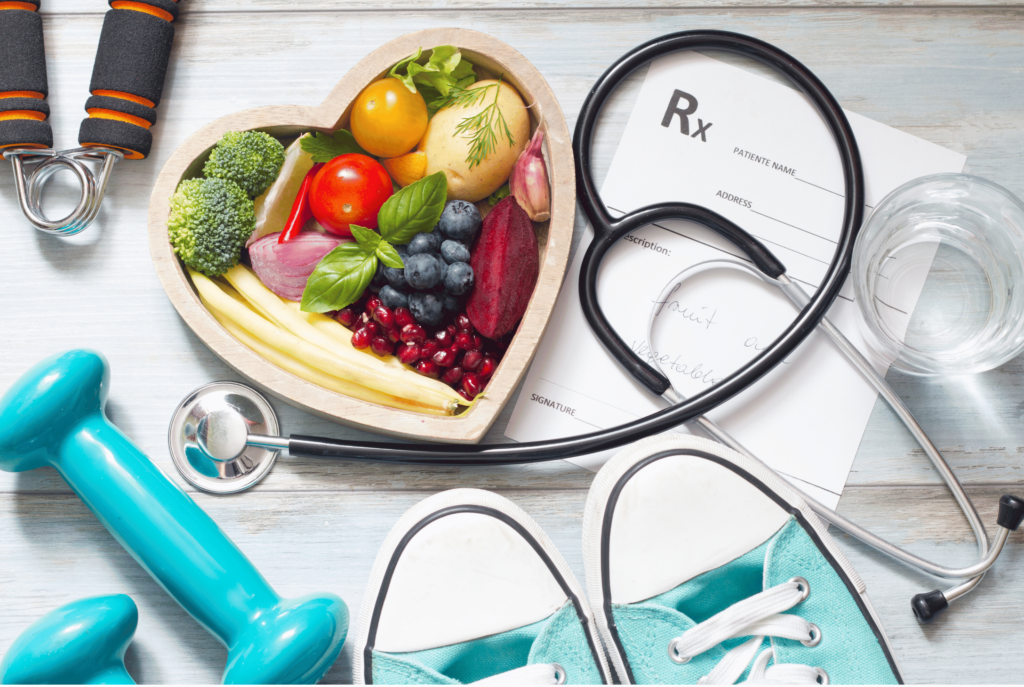
What Is Heart Disease?
Did you know that heart disease is the number one killer of adults in the United States? According to the latest fact sheet from the American Heart Association, “Coronary Heart Disease accounted for approximately 13% of deaths in the US in 2018, causing 365,744 deaths.” That’s a scary statistic, sure, but what does that even mean?
Heart disease is an umbrella term used to describe many conditions that affect the heart and blood vessels, including but not limited to:
- Coronary artery disease
- Congestive heart failure
- Heart valve disorders
- Congenital heart defects
- Cardiomyopathy
- Arrhythmia or abnormal heart rhythms
- Stroke
Sounds like a lot of different things all lumped under one simplified term. But the truth is, it isn’t simple. It’s rather complex, and some of these issues matter a whole lot more than others. Out of all the heart diseases, Coronary Heart Disease is the deadliest. This happens when the heart’s arteries can’t deliver enough oxygen-rich blood to the heart.
Coronary artery disease is also deadly. It’s caused by a buildup of plaque in the arteries that lead to the heart. This buildup can block blood flow and deprive the heart muscle of oxygen and other necessary nutrients causing a host of serious problems such as chest pain and angina. And you know what the scariest part is? There are a few things that are correlated with this disease but interestingly there is a huge connection between coronary heart disease and (drumroll, please)…insulin resistance.
You know what causes insulin resistance?
One of the main causes is eating a diet high in sugar )or lots of carbohydrates that convert to sugar).
That’s right…according to research, one of the main drivers of coronary heart disease is our diet and specifically a high-carb/high-sugar diet. Oof.
Congestive Heart Failure (CHF), another big scary, is when the body’s tissues do not receive enough oxygenated blood because of weakened or damaged cardiac muscle. This can cause fluid to build up in the lungs and other organs leading to shortness of breath, fatigue, confusion and even death if not treated promptly. This can be directly caused by coronary heart disease. Do you see the rippling effects?
Genetics Play A Role
While obesity and diet/lifestyle choices play a huge role in increasing the risk of heart disease, so do genetics.
What that means is that this matters a whole lot more for some of us than others. But how will you know if you are someone who needs to worry?
It is especially important for women, and especially those over 45 years old who have had a family history of cardiovascular issues, to understand their risk.
If your family has a history of heart disease—including high cholesterol or hypertension (high blood pressure)—you are at a higher risk of developing heart disease.
It’s important for you to speak with your physicians about your personal risks for developing any type of cardiovascular disorder so your doctor can develop an effective plan for managing them before any damage has been done! But it’s also important to understand that regardless of what damage has been done, knowledge is power, and you don’t know what you don’t know until you know!
What Is Blood Pressure Anyway?
Blood pressure is the amount of pressure that blood puts on the walls of your arteries as it moves through your body. If you have high blood pressure, that means there might be serious issues that are causing your heart to have to work harder in order to pump the same amount of blood.
Low blood pressure means your heart isn’t using enough pressure. Think of it like a vacuum. When there is a clock in the vacuum hose, pressure builds up and you hear the vacuum’s engine get louder. When there’s a leak in the hose, it won’t suck up the dirt.
Safe Blood Pressure Numbers
Blood pressure is measured with two numbers—systolic and diastolic.
- Systolic is the pressure that is currently in your arteries when your heart beats.
- Diastolic is the pressure in your arteries when your heart rests in between beats.
A normal blood pressure level is less than 120 (systolic)/80 (diastolic) mmHg.
Your blood pressure and heart function are related; when one is out of whack it affects the other. And another factor is what is present in your blood, like cholesterol.
Difference Between Good and Bad Cholesterol
Cholesterol is a type of fat that is found in your blood. There are two types of cholesterol—”good” and “bad.” The good kind helps your body by doing things like keeping your heart healthy. The bad sort can cause problems like heart disease. Doctors often mention cholesterol numbers when they talk about heart health because having too much of the “bad” type can clog arteries, increasing your risk for heart disease. This is because the “bad” cholesterol sticks to your heart, meaning your body doesn’t digest it or get rid of it.
Let’s look closer at the two types from a more science-based perspective.
High-Density Lipoprotein (HDL) Cholesterol (Good)
HDL cholesterol is the good kind of cholesterol. We need these healthy fats in our system to carry out normal functions. It effectively absorbs cholesterol from your blood and carries it back to the liver. Then, the liver flushes it out of your body.
The best sources of HDL cholesterol are olive oil, fatty fish, chia seeds and high-fiber, low-sugar fruits.
Low-Density Lipoprotein (LDL) Cholesterol
LDL cholesterol is the bad kind of cholesterol. Since your body doesn’t flush it out, this kind of cholesterol blocks arteries and increases the risk of high blood pressure, which can lead to things like inflammation.
Inflammation and Blood Pressure
Inflammation is another buzzword that people throw around to describe heart health.
This word basically describes the body’s response to injury, infection or irritation. It is a process that involves white blood cells and chemicals such as cytokines to fight off any foreign invaders and repair the damage caused by them.
When inflammation occurs in the arteries, it can narrow their diameter and increase resistance to blood flow. This can lead to higher blood pressure readings. Long-term (or chronic) inflammation, which is often linked to autoimmune conditions, can also contribute to high blood pressure readings that are difficult to control with medication alone.
Other things like smoking, lack of exercise and unhealthy eating can cause inflammation in the body.
Thankfully, there are things you can do to reduce inflammation and your overall risk for heart disease—and it all starts with how you eat.
How Eating Low Carb Protects Your Heart
Eating low-carb food is a good way to protect your heart. When you eat lots of healthy fats from fatty fish and avocados, etc., your body will naturally have less LDL (bad) cholesterol, and your HDL levels will be higher.
Since eating low-carb diets—like the Thinlicious™ lifestyle—means reducing the sugar and starches you consume, that also means low-carb diets can help you lose weight. Since weight and obesity are precursors to heart disease, achieving a healthy weight makes you less at risk for heart disease.
The type of food you eat plays a big role in how your body functions. Eating whole food—real protein like fresh or frozen salmon, pork or chicken, and low-carb vegetables is better for you.
Food that has been overly processed will have less nutrition and isn’t as good for you. That’s why we always suggest you make your own snacks and desserts instead of relying on packaged foods that are labeled as “keto friendly.”
Summary
Your cholesterol levels and blood pressure are essential markers to follow in order to monitor how healthy your heart is. Your heart is responsible for pumping blood to your body, so it’s pretty important!
The best way to protect your heart and put yourself at lower risk for heart disease is to get up, get moving and eat a diet that is low in carbs and higher in healthy fats.
Start Today
Are you ready to lose weight and protect your heart health? Start with the 28 Day Metabolism Reset! This easy 4-week program will retrain your body to burn fat for energy instead of carbs and sugar. With meal plans and helpful videos, it’s the one place to start when you’re ready to feel energetic and healthy without depriving yourself of the food you love. Get started today!
PIN FOR LATER
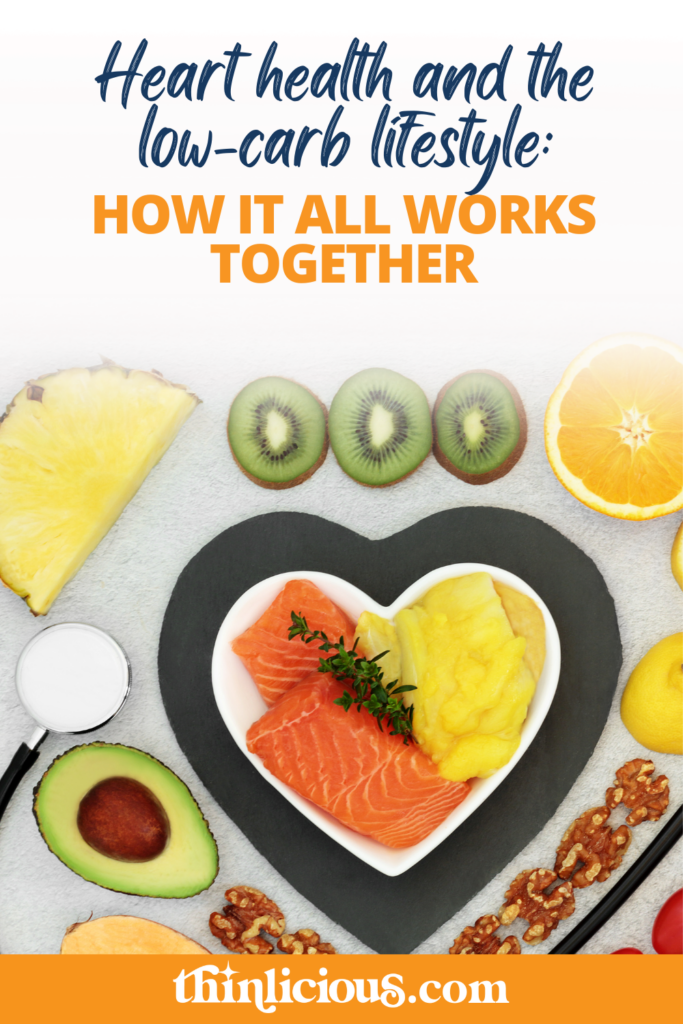
What if you could actually take control of
your health in just 10 days?
It’s not your fault you can’t lose weight as a woman over 40 even though you’ve likely tried literally everything. Your metabolism probably feels broken and your hormones are likely all out of whack.
But you can fix it all with ONE simple change: eliminate sugar. We make it super easy with daily lessons teaching you the science behind what makes us gain weight in our midlife and beyond! Are you ready to get started now?


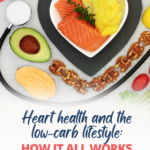
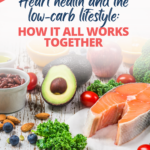
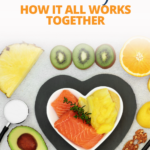
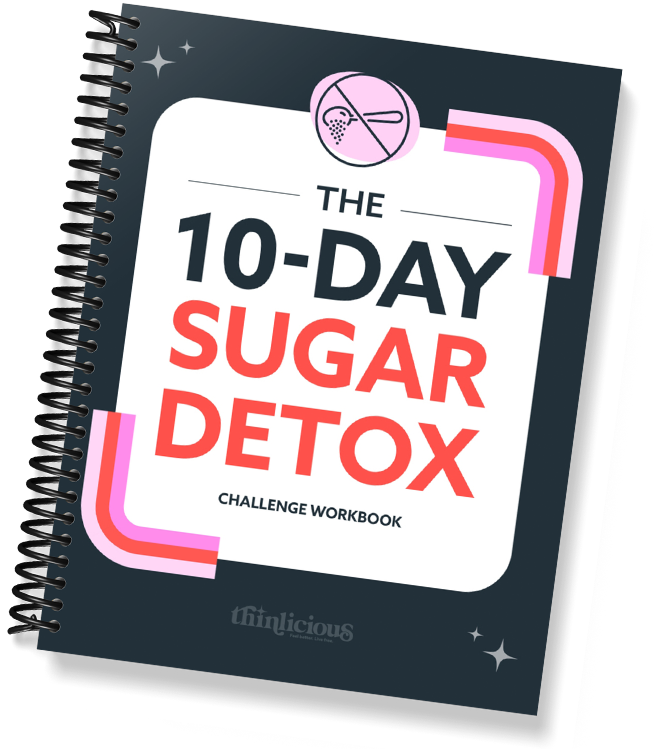
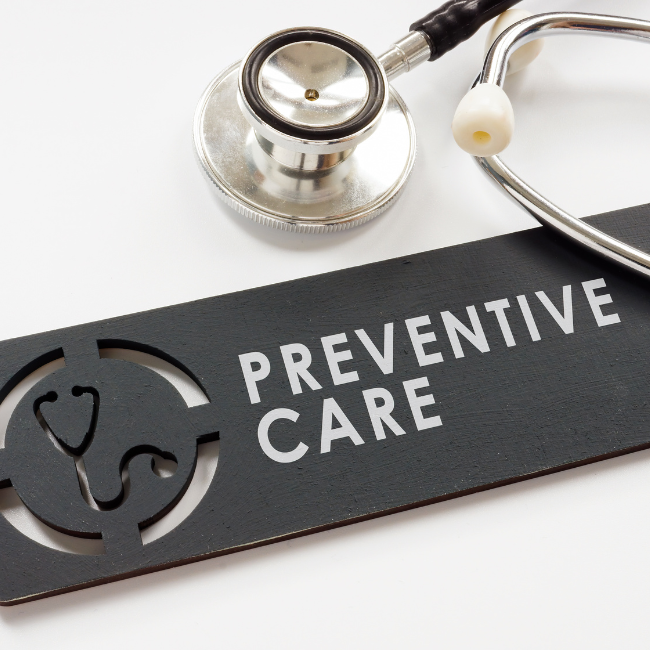



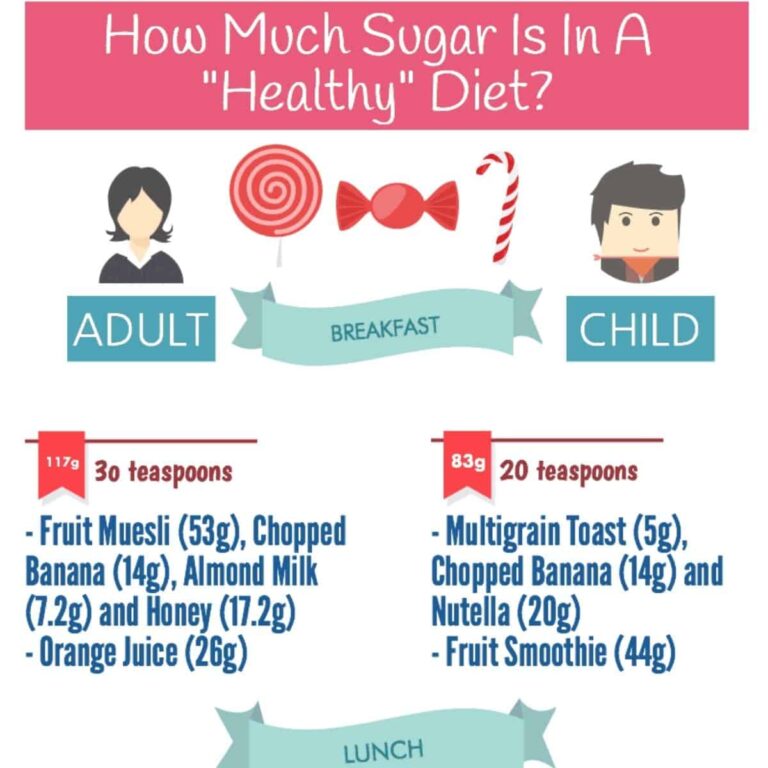

One Comment